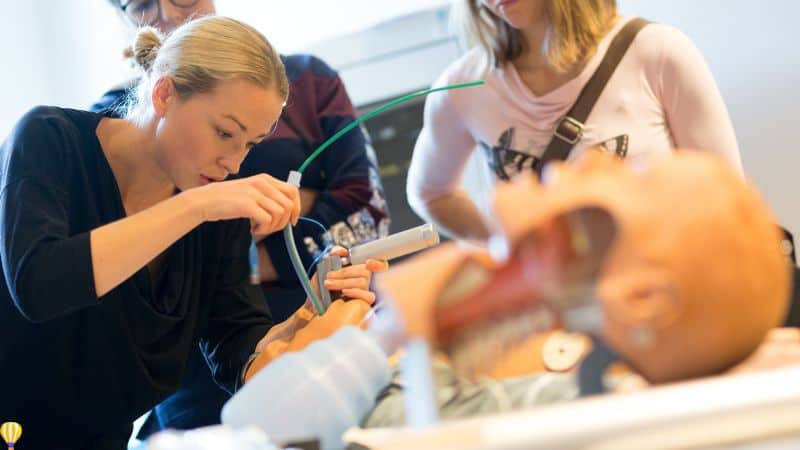Leadership training is not a set-it-and-forget-it kind of deal. It requires continual refinement1 to stay relevant and effective. As organizational needs shift and new challenges emerge, your training programs must evolve to meet these changing demands.
Commit to ongoing improvement so your training remains effective and resonant with participants.
Aim to create a culture of continuous improvement within your training initiatives. Seek out ways to enhance the curriculum, delivery methods, and participant engagement. Ensure that every training session is better than the last. Make iterative changes that build upon each other to create a robust and impactful training program.
Yet, the path to continuous improvement can be fraught with challenges.
It’s often difficult to gather timely and actionable feedback.
There can also be resistance to change, both from trainers accustomed to their methods and from organizations hesitant to alter established programs.
Additionally, balancing the need for updates with the constraints of time and budget can be daunting.
There’s always room for improvement, no matter how successful your program may seem. The key to ongoing enhancement is not just to react to feedback but to anticipate the needs of your leaders and the shifts in your industry.
This proactive approach allows you to stay ahead of the curve and ensure that your training remains cutting-edge.
Implement a system that systematically collects feedback, analyzes it, and turns it into actionable insights. This system must allow for flexibility and innovation, encouraging trainers to experiment with new methods and tools while still adhering to the core objectives of the program.2
Here are some steps to ensure your leadership training continues to evolve and improve over time:
- Foster Open Feedback Channels: Create an environment where participants and trainers feel comfortable providing honest feedback. Use surveys, focus groups, and informal conversations to gather diverse insights.
- Regularly Review Training Content: Schedule periodic reviews of your training materials and methods to ensure they align with current best practices and organizational goals. Consider changes in the market, emerging technologies, and new leadership theories.
- Implement Pilot Programs: Before rolling out major changes, test them in smaller, controlled environments. Pilot programs can provide valuable insights into what works and what doesn’t, with minimal risk.
- Encourage Trainer Development: Invest in ongoing professional development for your trainers. This can include workshops, seminars, and networking opportunities that keep them at the forefront of educational strategies and leadership trends.
- Utilize Metrics for Decision Making: Use the data from your monitoring and evaluation efforts to guide improvements. This data-driven approach ensures that changes are justified and targeted.
- Adapt to Feedback Quickly: Implement a system for quickly integrating feedback into the training program. This agile approach allows you to respond to needs and concerns in real time, enhancing the relevance and effectiveness of the training.
- Document Changes and Outcomes: Keep a detailed record of changes made and their effects. This documentation will help you understand the impact of your modifications and guide future decisions.
- Celebrate Improvements: Recognize and celebrate successful updates and enhancements. This not only boosts morale but also reinforces the value of continuous improvement to your team and organization.
By committing to these practices, you ensure that your leadership training programs grow and improve continuously. This not only enhances the skills of your leaders but also significantly contributes to the overall success and adaptability of your organization.
Step 10: Future-Proofing Leadership Training
Footnotes:
- Consider each run of your program as an iteration. Of course, there are training managers who insist that you do things robotically. I met some of them. But consider your interactions as touchpoints. Improve your training touchpoints. ↩︎
- I encourage you to explore microlearning. ↩︎



